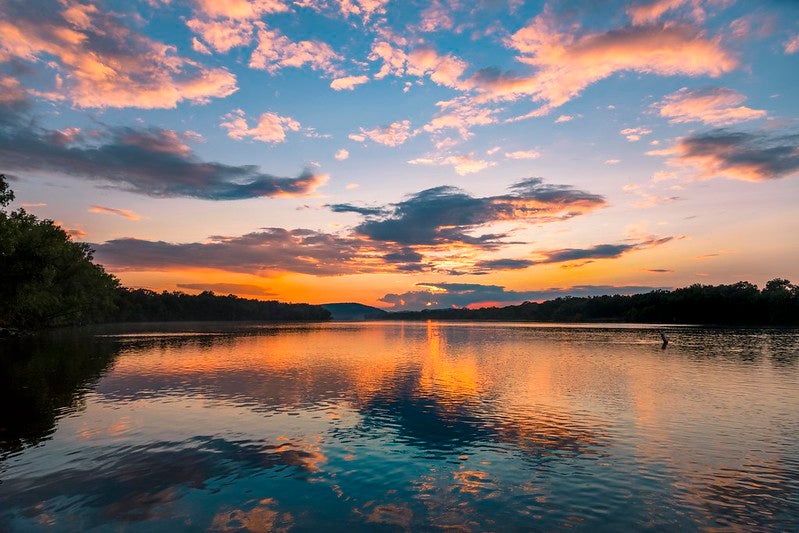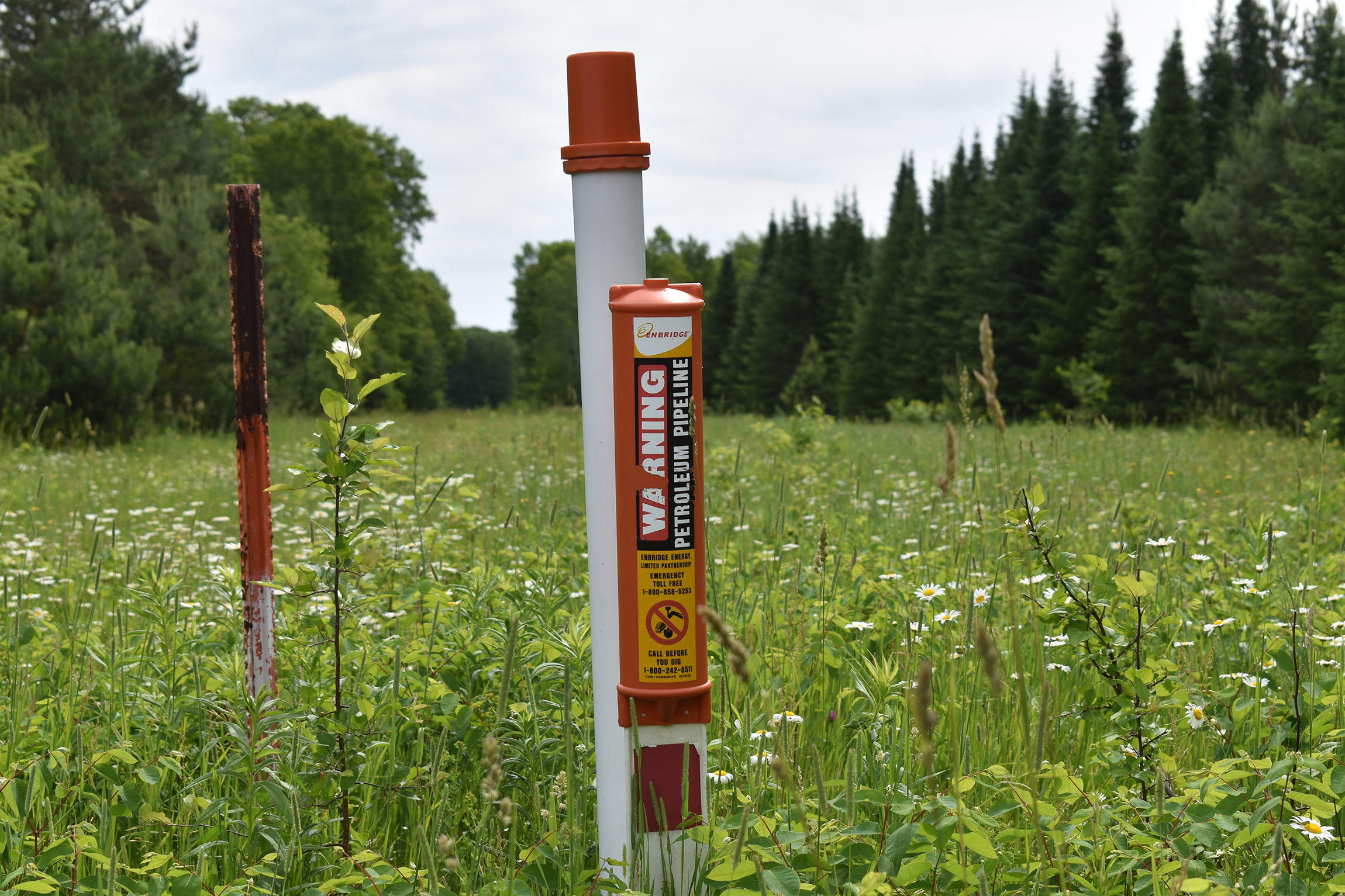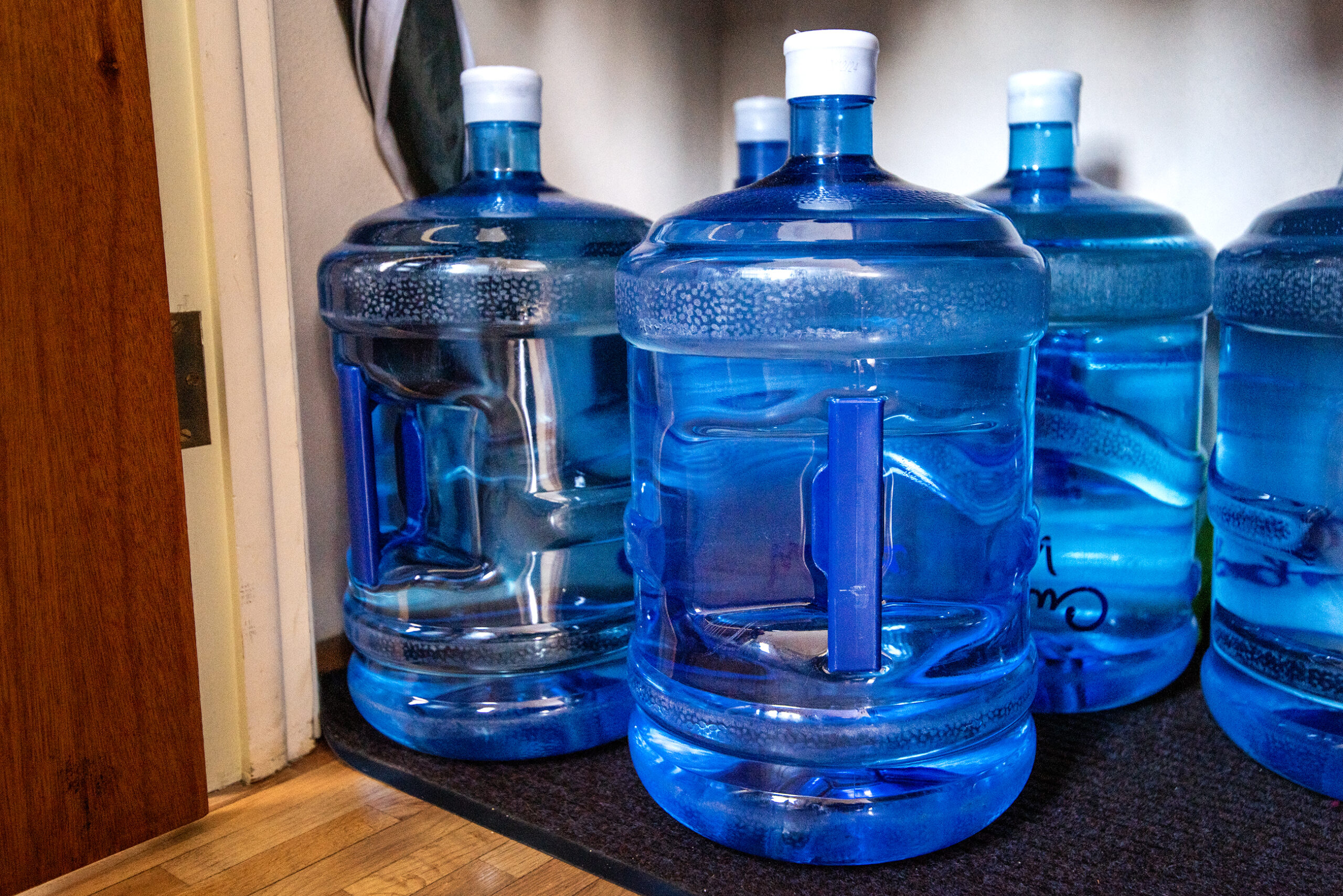The oil-slicked surface of the Cuyahoga River caught fire at least a dozen times before an environmental uprising spawned changes that led to the passage of the Clean Water Act 50 years ago.
Prior to the law, cities and industrial facilities nationwide dumped sewage and chemicals into rivers, lakes and streams. In 1969, the Cuyahoga River in Cleveland ignited after sparks from a train passing overhead likely set oil and wood debris ablaze.
Standing on the banks of the river Tuesday, the head of the U.S. Environmental Protection Agency said the bipartisan law empowered the agency to enforce regulations to make waters safe for swimming, fishing and drinking.
News with a little more humanity
WPR’s “Wisconsin Today” newsletter keeps you connected to the state you love without feeling overwhelmed. No paywall. No agenda. No corporate filter.
“The Clean Water Act has played a transformational role in protecting people’s health and safeguarding our natural resources for the enjoyment of future generations,” said EPA Administrator Michael Regan. “From establishing legal policy to driving technological innovation, the Clean Water Act has led to standards, regulations, policies and protections for waterways across this great nation. Combined with other key initiatives, the Clean Water Act has helped reduce pollution and clean up rivers throughout the United States.”
The next 50 years of progress to improve water quality will be driven in part by the bipartisan infrastructure law, said Regan.
The law includes $50 billion to upgrade drinking water and wastewater treatment systems. It also includes funding to replace lead pipes and address emerging pollution from forever chemicals known as PFAS in drinking water. Wisconsin is slated to receive more than $800 million for those upgrades over the next five years.
As the state celebrates the law’s anniversary, Gov. Tony Evers announced a new interactive tool to show where PFAS contamination has been found in the state.
“With the unprecedented funding flowing into our state from the federal Bipartisan Infrastructure Law and with the investments we’ve been able to make at the state level, there are more resources than ever to help communities address these issues, including this new mapping tool, which contains incredibly valuable information to help advance our fight to address PFAS contamination in Wisconsin,” said Evers in a statement.
PFAS doesn’t break down easily in the environment, and it’s been linked to kidney and testicular cancers among other serious health issues. The new tool shows around 150 drinking water systems serving nearly 1.7 million people have taken part in voluntary sampling to determine if PFAS is present in drinking water.
The chemicals are an emerging threat to water quality as the Clean Water Act marks its 50th anniversary, but it’s not the only challenge as the state works to clean up polluted waters.
Despite that new threat, Wisconsin has made progress. The Department of Natural Resources notes that stretches of the Wisconsin and Peshtigo rivers were once “stained black and devoid of life.” After passage of the Clean Water Act, other federal laws changed it further.
One such law put in place parts of an agreement between the U.S. and Canada to clean up polluted hotspots on the Great Lakes. Since then, Wisconsin has finished restoration of the Lower Menominee River, one of the state’s five sites deemed too polluted for fish and wildlife.
Environmental advocates agree many waters are healthier today, as restoration is ongoing.
“It’s easy to forget that 50 years ago, the Milwaukee River, Fox River, Lower Green Bay, St. Louis River, Menominee River and many others across our state were so badly polluted by untreated industrial waste and sewage that people could no longer safely enjoy them,” Mark Redsten, president and CEO of Clean Wisconsin said in a statement. “We have come a long way in the five decades since 1972, but we cannot stop working.”
Work is still underway to restore Wisconsin’s remaining polluted hotspots, and the state still lists the Wisconsin River as impaired due to pollution from mercury and chemicals like PCBs that are known to cause cancer.

Wisconsin became one of the first states to implement the Clean Water Act through a permitting program that limits discharges into waterways. Under the law, states are required to list waters that aren’t meeting water quality standards every two years. While state regulators say 80 percent of waters are healthy, Wisconsin’s most recent list submitted last year shows the number of waters designated has doubled since 2008 to more than 1,500 statewide.
State environmental regulators have said a statewide phosphorus rule set in 2010 had the biggest impact on listings. The state created standards to limit phosphorus in waterways because too much from industrial, municipal or farm runoff can fuel algal blooms and potentially harm public health.
That effort to curb pollution was met with pushback from some Republican lawmakers, including Senate Majority Leader Devin LeMahieu.
In 2017, LeMahieu sponsored a bill that led to passage of the REINS Act, which limited state agencies from passing costly regulations for businesses and communities. A state analysis in 2015 estimated the phosphorus rule would cost them more than $700 million each year to comply. Since then, environmental advocates say that and other state laws have prevented policies to protect water.
Tony Wilkin Gibart, executive director for Midwest Environmental Advocates, noted Wisconsin cut the largest share of spending for pollution control programs within the DNR during former Republican Gov. Scott Walker’s tenure. That’s according to a 2019 analysis by the Environmental Integrity Project.
“In addition to slashed budgets, the Legislature has also attempted to take power away from the DNR and state government as a whole, such that there are real barriers for Wisconsin to effectively implement the Clean Water Act in the future to keep it relevant and effective as we confront issues of climate change and emerging contaminants like PFAS,” said Wilkin Gibart.
The Clean Water Act aimed to achieve “fishable and swimmable” waters by 1983, but Wilkin Gibart said the law fell short of that goal. Under the law, industries and wastewater treatment plants must obtain permits that limit harmful pollution into waters. Even so, the U.S. Government Accountability Office has found roughly half of U.S. waters haven’t been assessed for pollution, and the agency said EPA lacks reliable data to ensure compliance. Federal auditors also found the EPA needs to take stronger action to address pollution that runs off from indirect sources like farms, roads and parking lots.
In Wisconsin, Gov. Tony Evers dubbed 2019 the “Year of Clean Drinking Water,” and Assembly Speaker Robin Vos, R-Rochester, convened a task force that held meetings throughout the year that produced a bipartisan package of more than a dozen bills. That legislation aimed to address a variety of issues, including manure runoff and PFAS.
The proposals failed to pass at the onset of the COVID-19 pandemic, but some measures have since passed through the two-year budget or stand-alone bills.
Looking ahead, environmental groups worry a case before the U.S. Supreme Court threatens to further limit what waters are protected under the law. The case filed by Chantell and Michael Sackett could limit whether wetlands that only occur part of the year are regulated under the Clean Water Act.
“We see right now…somebody is going to the U.S. Supreme Court trying to get protections removed from a really massive amount of wetlands in this country at a time when we need to be not just protecting the wetlands we have, but probably restoring old ones,” said Evan Feinauer, staff attorney for Clean Wisconsin.
Feinauer said those wetlands filter out pollutants and protect against flooding as climate change is driving more frequent, intense storms. In Wisconsin, the state has lost more than half its wetlands, and advocates argue it can’t afford the loss of more.
Editor’s note: The Associated Press contributed to this report.
Wisconsin Public Radio, © Copyright 2025, Board of Regents of the University of Wisconsin System and Wisconsin Educational Communications Board.







